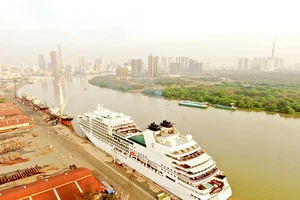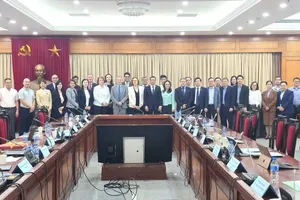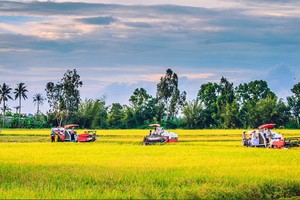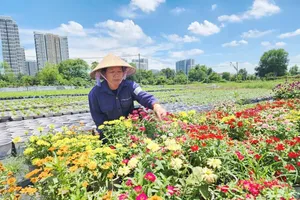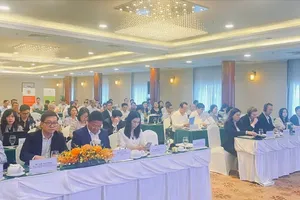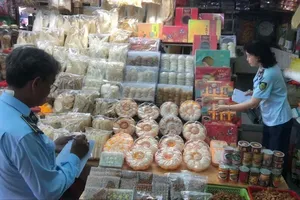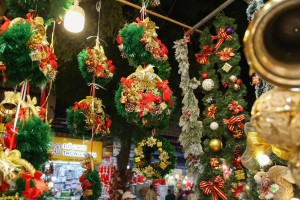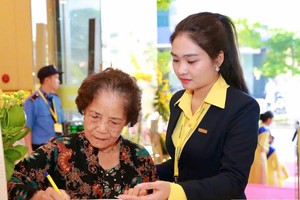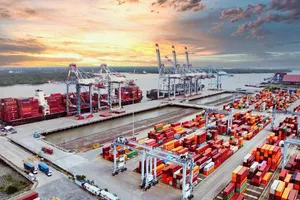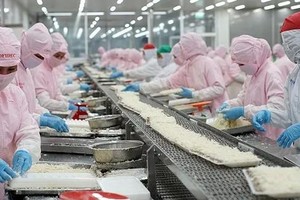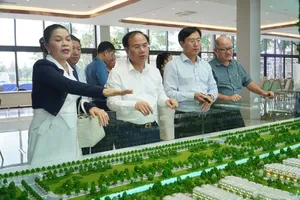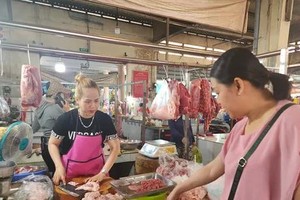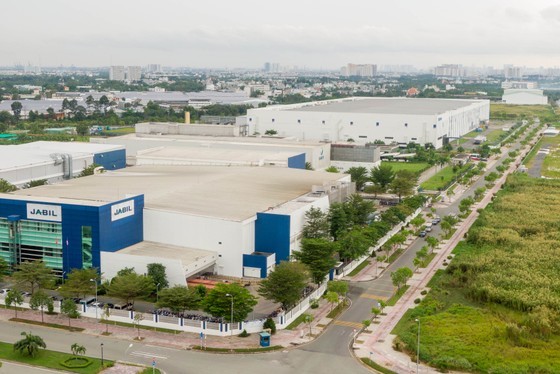 |
Jabil, the US-based manufacturing solutions provider, in the Saigon Hi-Tech Park (SHTP) in HCMC |
HCMC has 17 out of the 23 export-processing zones (EPZ) and industrial parks (IP) covering a total area of more than 3,800 hectares that have been put into operations. Industrial products in export processing zones and industrial parks accounted for 15 percent of HCMC’s total export revenue of industrial goods.
The city has organized the construction of new industrial zones in the direction of high quality and competitiveness that meet the needs of businesses with high-tech applications and support creative startups.
Export processing zones and industrial parks in the city are also in the process of transforming themselves towards green and ecology direction and high-tech applications to meet the changing demands of businesses.
The southern metropolis will implement the planning of industrial zones attached to the urban and service development in order to attract infrastructure investment, said head of the Management Board of the HCMC Export Processing Zone and Industrial Park Authority (HEPZA), Hua Quoc Hung.
The city will develop supporting industrial zones, specialized industrial zones, and industrial zones for small and medium enterprises, start-ups, and enterprises investing in innovation.
In addition, HCMC will inspect and evaluate existing industrial zones in order to build environmental protection plans, technical and social infrastructure, especially housing, cultural and service works serving IPs’ workers to ensure their sustainable development, and launch mechanisms, policies and road maps for transforming existing industrial zones into ecological and high tech parks, he added.
This economic zone will play an important role in transforming the underdeveloped coastal area into a driving force for economic development, accelerating the process of the local economic structural transformation in the direction of industrialization and modernization, forming high-quality urban areas, high-class coastal leisure areas, and developing tourism.
The southern economic hub will focus on attracting high-tech industries and building a financial center while neighboring localities need to pay attention to other sectors for mutual development. Transport projects including Ring Road 3, 4, and HCMC-Moc Bai expressway that are being implemented will create more driving force for the regional connectivity.
According to experts, HCMC and other provinces in the region have enough potential to attract large enterprises from the United States and high-quality foreign investment flows.
Statistics show the bilateral trade turnover between Vietnam and the US in 1995 was at US$450 million, and by 2021 it increased to more than US$100 billion, 248 times higher.
The US is one of the country’s biggest investment partners with nearly 1,145 projects with a total investment capital of more than US$10.3 billion, ranking 11th out of 140 countries and territories investing in Vietnam.
The US has 533 projects worth over US$1.4 billion and 1,109 indirect investors in the forms of capital contribution, purchase of shares and buying capital contributions of companies with a total value of contributed capital of nearly US$650 million.
Additionally, 116 representative offices of US enterprises are also operating very effectively in the city and play as an important bridge to promote investment and trade, and develop export and import between the two countries.


